Gyptis and Protis
Circa 1910
Plaster
50 x 38 x 14 cm
Unsigned
Some losses
A young woman presents a cup to a young man. Both are nude, except for the drapes over their shoulders, and they share a look of great tenderness. This loving couple is Gyptis, daughter of the king of the Ségobriges, the indigenous Celtic tribe who lived at the mouth of the river Rhône, and Protis, a Phocaean Greek sailor. In this work, the Marseille sculptor, François Roume, represents the founding myth of the city of Marseille: the marriage of Gyptis and Protis which occurred circa 600 BC. Several accounts of this event have survived from antiquity, Aristotle wrote an important version, but the most prevalent version is probably that of Trogus Pompey retold by the Roman historian Justin:
'(The Phocaeans) Having thus penetrating to the last limits of these seas, arrived at the gulf where the mouth of the Rhône is located: seduced by the beauty of these places, the picture they represented of it on their return inspired a larger group of colonists. The leaders of the fleet were Simos and Protis. They went to find the king of the Segobriges, named Nannus, on whose territory they wanted to found a city, and asked for his friendship. Just on that day the king was busy preparing the wedding of his daughter Gyptis, whom, according to the custom of the nation, he was preparing to give in marriage to the chosen son-in-law during the feast. All the suitors had been invited to the banquet; the king also invited his Greek guests there. The young girl was brought in and her father told her to offer water to the one she chose for a husband. So, leaving aside all the others, she turns to the Greeks and presents the water to Protis, who, from guest to son-in-law, received from his father-in-law a site to found a city. Marseille was thus founded near the mouth of the Rhône, at the bottom of a gulf, and in a corner of the sea.'
This legendary marriage cemented the alliance between the Celts and the Greeks which established Marseille. However, even in the Phocaean city itself sculptural visualisations of Gyptis and Protis are not at all common. This leaves us with some questions about the purpose and function of this plaster: is it a model for a stone or marble commission destroyed or lost, or perhaps forgotten but existing somewhere, or perhaps eventually not carried out? On the date of the piece, although it is somewhat reminiscent of 1920s classicism, it could be earlier. In 1899 Marseille celebrated the 25th centenary of the arrival of the Phocaeans and it seems possible that this relief of Gyptis and Protis was linked to this celebration.
François Antoine Roume was a Marseille sculptor active at the end of the 19th and beginning of the 20th century. A student of Émile Aldebert at the Marseille School of Fine Arts, he exhibited in Marseille in 1891 and 1893. In 1905 he received a first medal at an exhibition in Toulon and also in 1905 he exhibited three bronze medallions at the Salon de Paris where its address is given as 7 Boulevard de Longchamp, Marseille. It seems that shortly after, Roume emigrated to Argentina because the Argentinian artist Carlos Roume, born in Buenos Aires in 1923, is the son of a certain sculptor and architect François/Francesco Roume.
* My thanks to Laurent Noet for having identified the subject of the sculpture



























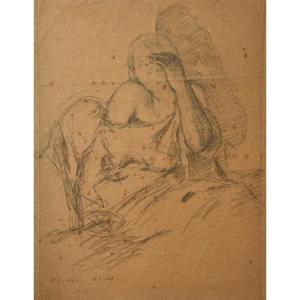

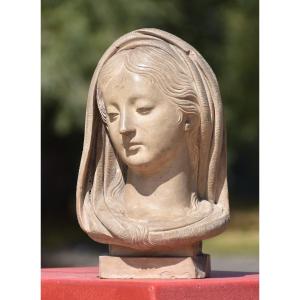

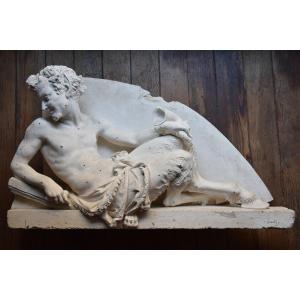



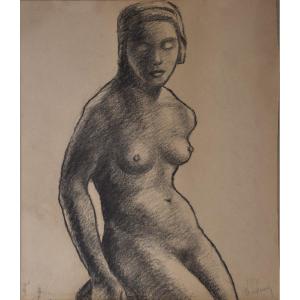

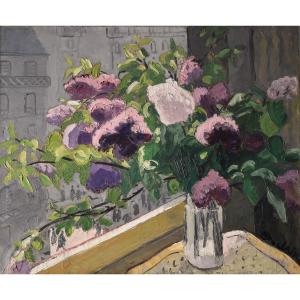

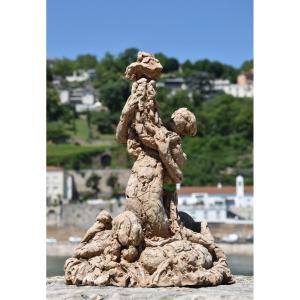










 Le Magazine de PROANTIC
Le Magazine de PROANTIC TRÉSORS Magazine
TRÉSORS Magazine Rivista Artiquariato
Rivista Artiquariato